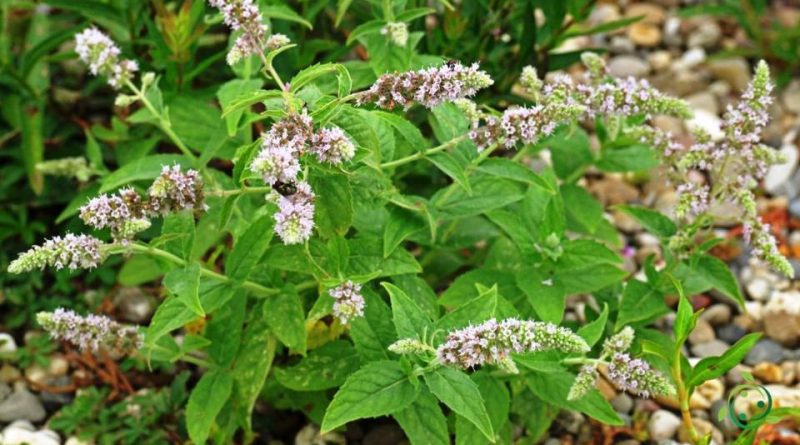How Horse mint is grown
How Horse mint is grown
Horse mint (Mentha longifolia L., 1759) is a perennial herbaceous plant of the Lamiaceae family.
This species is native to Europe, western and central Asia, as well as non-tropical regions of Africa.
Wild mint has a peculiar smell that can suit particular dishes but also act in gardens as a repellent for various types of insects.
It is a soup that is mainly used to flavor soups and stews and to add flavor to juices and other cold drinks.
Horse mint, like other mint species, can be grown both in open ground and in pots.
This plant should be planted or transplanted in spring, after the last cold, in order to allow it to begin the vegetative phase and to emit a good root system.
Let us remember that it is a very rustic plant and that it adapts to any temperate climate. If the winters are very cold and the summers are very hot, it is likely that the plant can suffer damage because, especially the frosts, affect the correct growth and oxygenation of the plant.
This is the reason why we find it in more temperate and warm climates.
It is also a plant that needs light in order to grow and must find a constant humidity of the earth, but without any stagnation, to allow it to form even consistent bushes.
It should therefore be watered frequently but without ever causing any stagnation.
Whether the plant has been reproduced by seed or by division of tufts, we must wait for it to reach 15-20 cm to do the first pruning. If we started from seeds, about 4 or 5 months will pass from sowing.
Pruning can take place both in spring and at the end of summer; it is advisable not to prune it in the hottest summer period, in order not to block its vegetative growth.
The pruned twigs, if not damaged, can be kept in the shade for 3 or 4 days and, subsequently, we can put them in glass jars or plastic bags for food, to be able to use them practically all year round.
In fact, in some areas of the Mediterranean coast, the good temperatures make it possible to have fresh Mentha longifolia throughout the year. If we keep it in a pot at home, we can cut a sprig every time we need it as the Mediterranean climate, with sun and no frost, prevents the plant’s growth from slowing down.
Finally, an ecological recommendation. This plant, like other species of Mentha, can behave as a weed; therefore particular care must be taken to ensure that it is not introduced into uncontrolled areas.
With reference to its uses, it should be remembered that Horse mint has digestive properties and, moreover, it has antiseptic properties and is very useful against inflammation of the mouth, thanks to the menthol contained in it. Its infusion is soothing cough, an aperitif taken before meals has digestive properties taken after, anti-fermentative and antispasmodic.
In cooking, its leaves and flowers are used to flavor raw salads, sauces and drinks.

